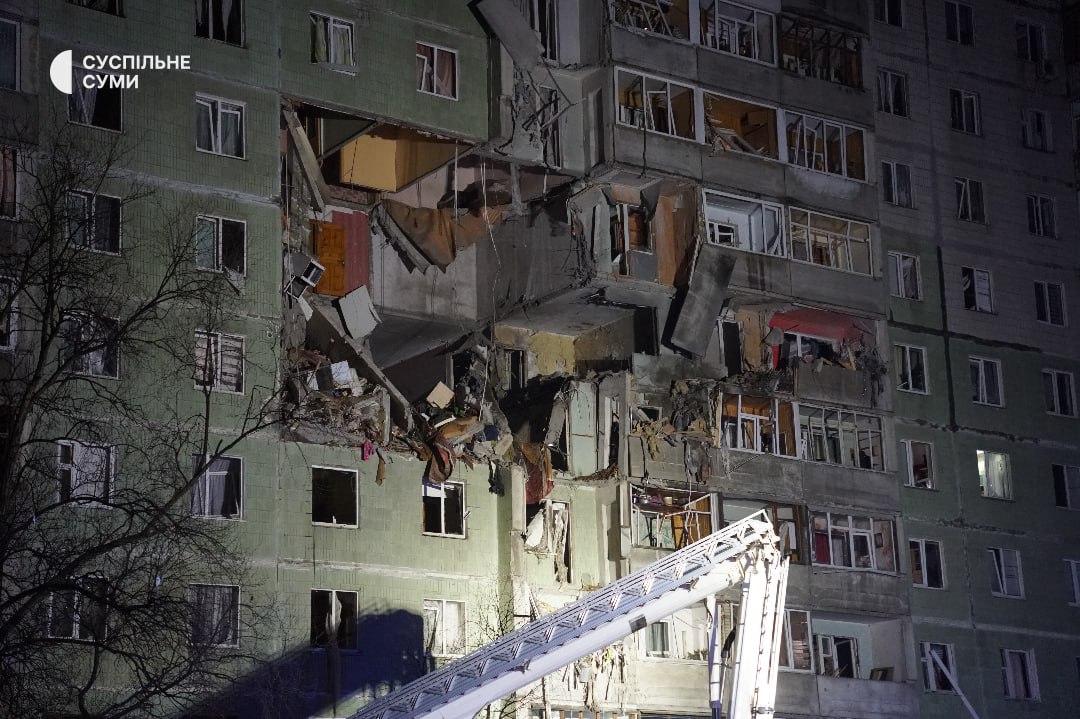In January 2025, small-range drones caused more casualties—both fatalities and injuries—than any other weapon in Ukraine, the UN Human Rights Monitoring Mission in Ukraine reports.
According to the UN mission, at least 139 Ukrainian civilians were killed and 738 injured by Russian strikes in Ukraine during January 2025. Of these, 38 civilians (27%) were killed, and 223 (30%) were injured in attacks with Russian small-range drones that dropped explosives on civilians, often targeting people in their private vehicles or on public transportation.
“Small-range drones now represent one of the deadliest threats to civilians in frontline areas.
In January 2025, these drones caused more civilian deaths and injuries than any other weapon, striking people in their cars, buses, and on the streets,” said Danielle Bell, the head of the UN Human Rights Monitoring Mission.
In January, 95% of the casualties from small-range drones occurred in territories under Ukrainian control, with the remaining 5% in areas occupied by Russia.
The drones used in most of these close-range attacks were likely FPV drones. They are equipped with cameras that provide their ground operators with a real-time, first-person view of the areas they fly over and their potential targets. This capability allows operators to more confidently assess whether a target is a military installation, a civilian, or a civilian object, says the UN.
Most civilian casualties from small-range drones occurred in government-controlled parts of Kherson, particularly along the Dnipro River, where these drones accounted for 70% of all civilian casualties in the region during January.
For instance, on the afternoon of 6 January—when many people were returning home from work—a small-range drone dropped explosives on a scheduled public bus in Kherson, killing a man and a woman and injuring eight other civilians, the UN mission reveals.
A man who survived an attack in Mykolaiv on 9 January told the UN that a small drone circled over his head before diving straight at him while he was working in his garden near his home.
“I realized I had no time to hide. I fell to the ground and covered my head with my hands. The blast wave stripped me of all my clothes. I instinctively tried to protect my eyes, which saved my sight, as the backs of my hands were later found to be covered in tiny metal fragments that surgeons had to remove. My wedding ring was so embedded in my finger that they had to saw it off to free it,” he recounted.
Small-range drones have also caused civilian fatalities and injuries in territories occupied by the Russians, notably in Horlivka in Donetsk Oblast, where civilian vehicles and public buses have been targeted. For instance, on the morning of 12 January, a small-range drone struck a public bus in Horlivka, resulting in the death of its driver.
Related:
- Zelenskyy: Russia launches over 1,260 aerial bombs at Ukraine in one week
- Russia attacks Ukraine with 151 drones in overnight attack, at least 7 might reach targets
- Ukraine’s ranger corps receives tanks for special operations
- Ukrainians strike southern Russian airfield in Primorsko-Akhtarsk




